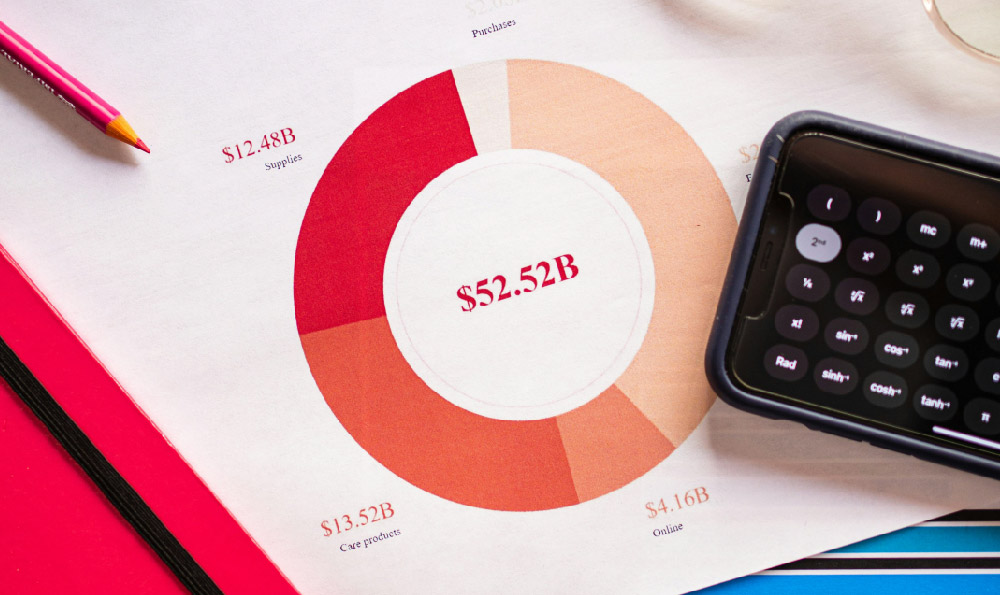Alright, let's dive into the exciting, yet often turbulent, world of cryptocurrency investment, specifically focusing on deploying $50,000 USD. This is a substantial sum, demanding a strategic and well-informed approach. Throwing it all into one asset without careful consideration is a recipe for potential disaster. So, where do we begin, and what viable options lie before us?
The first and arguably most crucial step isn't about buying anything; it's about self-assessment. Ask yourself: what are your investment goals? Are you aiming for rapid, potentially high-risk, high-reward growth, or are you seeking a more conservative, long-term accumulation strategy? What is your risk tolerance? Can you stomach seeing your investment value temporarily drop by 30%, 50%, or even more? Be brutally honest with yourself. Understanding your personal risk profile is paramount because it will dictate the types of assets and strategies that are suitable for you.
Before allocating any funds, devote significant time to research. Don't rely solely on social media hype or anecdotal "success stories." Instead, delve into the fundamentals of blockchain technology, decentralized finance (DeFi), and the specific cryptocurrencies you're considering. Understand the underlying technology, the team behind the project, the tokenomics (how the token is distributed and used), and the overall market sentiment. Whitepapers are your friend. Read them, even if they seem dense at first. They offer invaluable insights into the project's vision and roadmap.

With $50,000, diversification is key. Don't put all your eggs in one basket, no matter how promising it seems. A diversified portfolio can mitigate risk and increase your chances of overall success. A reasonable starting point might involve allocating portions to different categories of cryptocurrencies.
A core holding in established cryptocurrencies like Bitcoin (BTC) and Ethereum (ETH) is often a wise decision. These are the market leaders, with the largest market capitalization and the most established infrastructure. While they may not offer the explosive growth potential of smaller altcoins, they provide a relatively stable foundation for your portfolio. Consider allocating perhaps 30-40% of your funds to these two assets, splitting it based on your risk appetite – a more conservative investor might lean more heavily towards Bitcoin.
Another portion, perhaps 20-30%, could be allocated to promising Layer-1 blockchains and DeFi platforms. These are platforms that support decentralized applications (dApps) and offer opportunities for yield farming and staking. Consider projects like Solana (SOL), Cardano (ADA), Avalanche (AVAX), or Polkadot (DOT). Research their technology, developer activity, and ecosystem growth. Be aware that these are generally riskier than Bitcoin and Ethereum, but they also offer the potential for higher returns.
A smaller allocation, perhaps 10-20%, can be dedicated to smaller-cap altcoins with strong fundamentals and innovative use cases. This is where you can potentially find hidden gems, but it also comes with the highest level of risk. Examples might include projects focused on decentralized storage, data privacy, or metaverse applications. Thorough due diligence is absolutely crucial here. Look for projects with active development teams, strong communities, and a clear path to adoption. Never invest more than you can afford to lose in these high-risk ventures.
Another area to explore, potentially with 10-20% of your allocation, is stablecoins and DeFi yield farming/lending. Stablecoins like USDT, USDC, or DAI are pegged to a stable asset, typically the US dollar. By lending these stablecoins on DeFi platforms, you can earn interest (yield). This can be a relatively low-risk way to generate passive income from your crypto holdings. However, be aware of the risks associated with DeFi, including smart contract vulnerabilities and impermanent loss. Research the platforms carefully and only use reputable and audited protocols.
Dollar-Cost Averaging (DCA) is a powerful strategy, especially in the volatile cryptocurrency market. Instead of investing the entire $50,000 at once, divide it into smaller amounts and invest them at regular intervals (e.g., weekly or monthly). This helps to smooth out the price volatility and reduces the risk of buying at the top. DCA can also help you overcome emotional biases and stick to your investment plan.
Beyond specific asset allocation, understanding storage and security is paramount. Keeping your cryptocurrency on an exchange is generally not recommended for long-term holdings. Consider using a hardware wallet (like Ledger or Trezor) to securely store your private keys offline. This significantly reduces the risk of hacking and theft. Make sure to follow best practices for security, such as using strong passwords, enabling two-factor authentication, and keeping your recovery phrases in a safe and secure location.
Finally, remember that the cryptocurrency market is constantly evolving. Stay informed about the latest developments, regulatory changes, and technological advancements. Continuously reassess your portfolio and adjust your strategy as needed. Don't be afraid to take profits when appropriate, and be prepared to cut your losses if an investment is not performing as expected. Investing in cryptocurrency is a marathon, not a sprint. Patience, discipline, and continuous learning are the keys to long-term success. Seek advice from qualified financial advisors, especially when dealing with significant sums like $50,000. They can help you tailor a strategy that aligns with your individual circumstances and risk tolerance.












